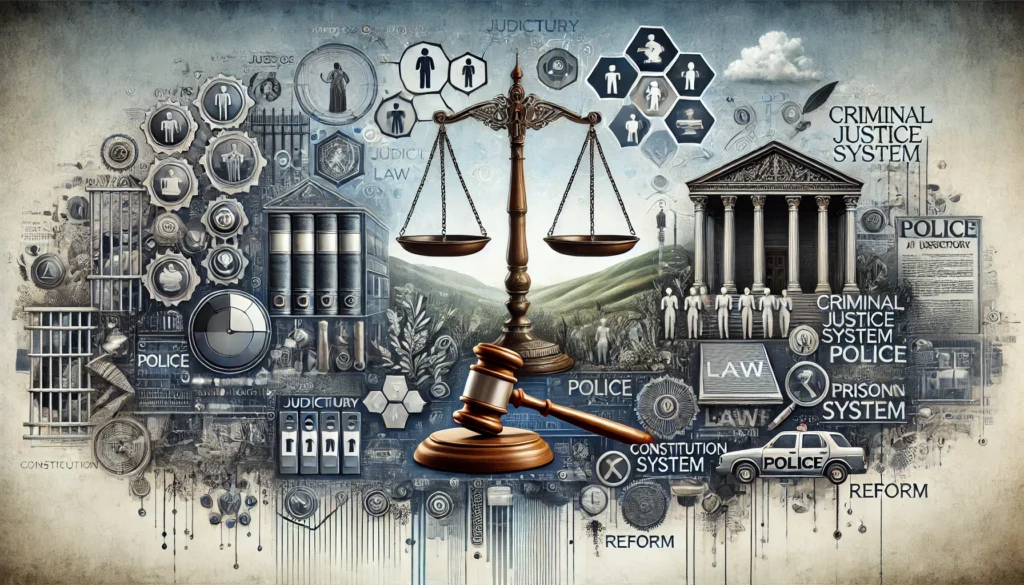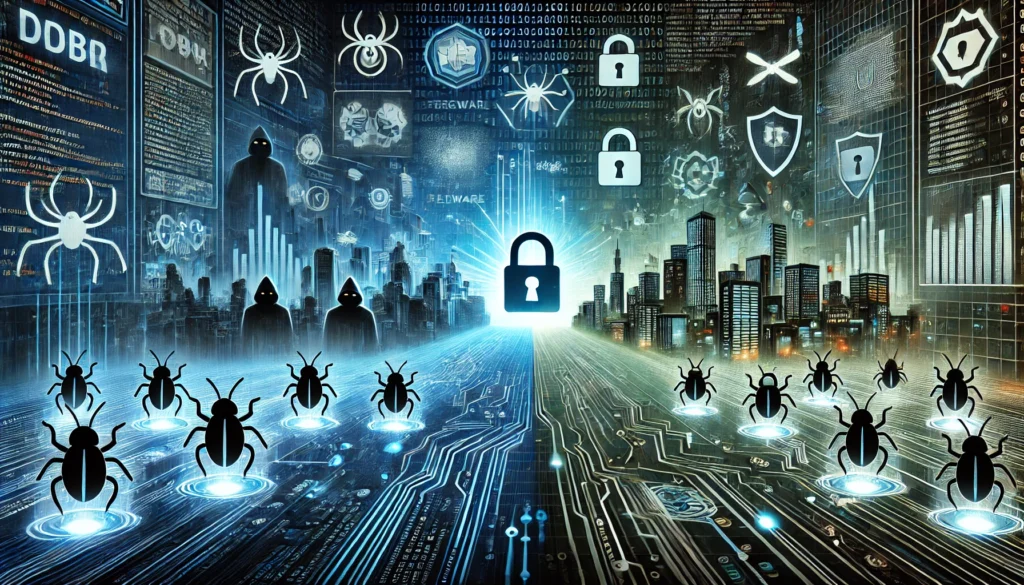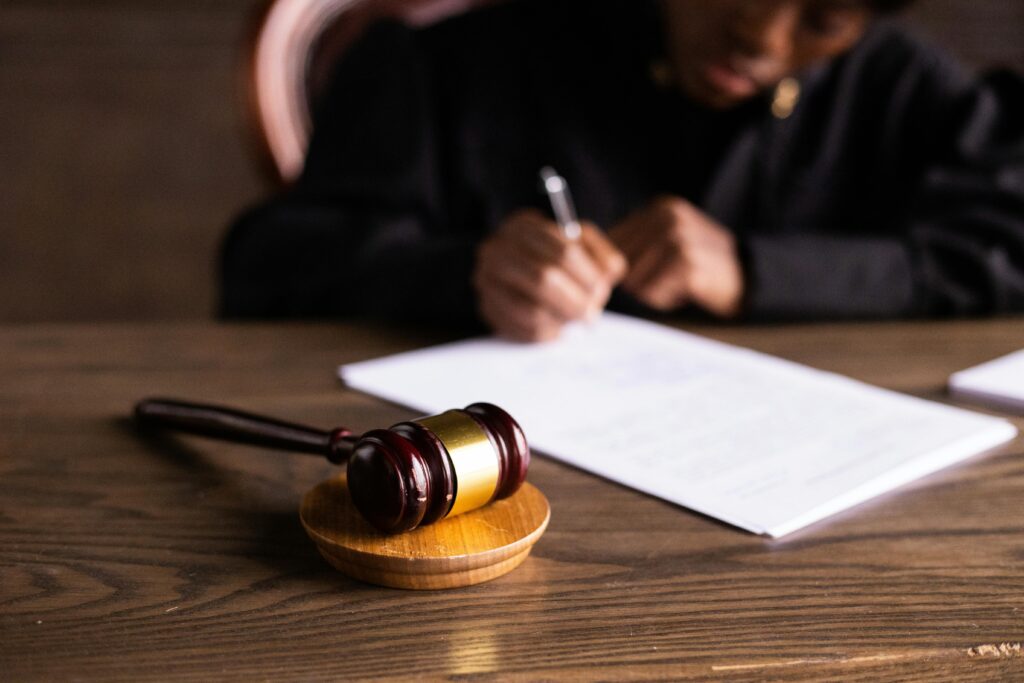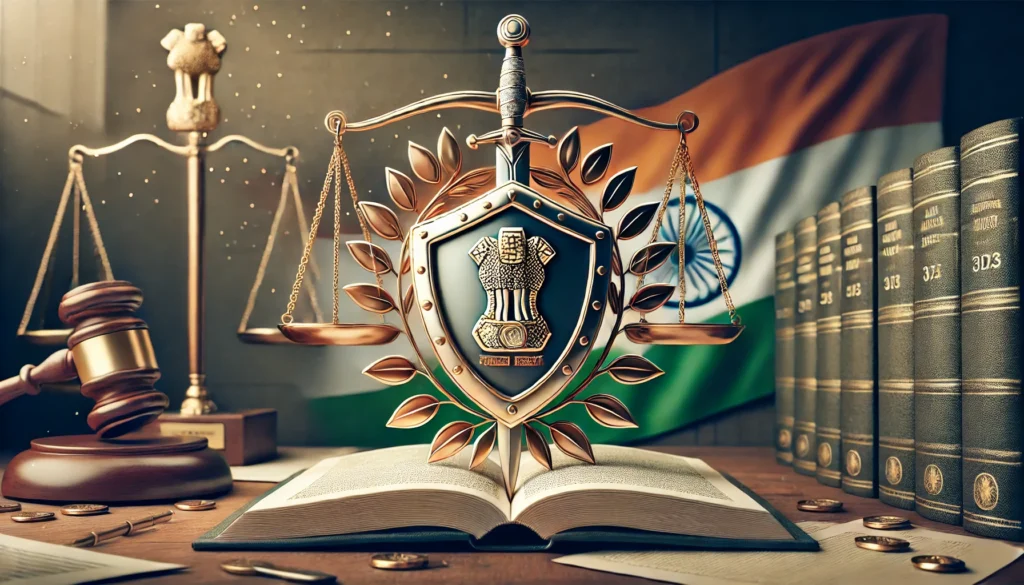Published on 21st June 2025
Authored By: Khushi Sethi
Vivekananda Institute of Professional Studies-TC
Introduction
The earlier times had the absence of technological advancements to produce or to expand the field of ‘forensic science’, therefore the primitive legal system was dependent upon evidence gathered from testimonies or circumstances. However it is noteworthy that even in the ancient times, India, somewhere used forensic science though not the same as modern connotation of it, Indians used scientific methods to solve criminal trials and this can be found in ‘Arthashastra’, Indians knew about patterns of papillary lines contributing to individuality of fingerprints, the illiterate used fingerprint instead of signature as they knew it is inimitable. As technology witnessed growth, the types of evidence also started to evolve, leading to the expansion of the field of modern ‘forensic science and evidence.’ Several questions need to be addressed: What is forensic evidence? Is its growth as a tool to help the Indian judiciary? What is its admissibility in trials?
Forensic evidence and its role
To address the aforementioned questions, it is essential to understand the role and meaning of evidence itself. The word ‘evidence’ holds its origin in the Latin language, its meaning is ‘to clearly show,’ therefore, evidence plays as the true informer to the court of justice, for the judge to give the verdict only after knowing the true intentions and facts to the case.
On similar lines, there are several types of evidence accepted by the judiciary, including, testimonies called oral evidence, documentary evidence, circumstantial evidence, and one of such types is forensic evidence. Forensic science is the field of science that attempts to bridge the gap between justice and proof with the help of technology and experts. These range from analyzing DNA to fingerprints to ballistics proofs to ensure that no innocent is held guilty of the crime he did not commit. Forensic laboratories ensure the provision of the specific skills training required by experts for interpreting forensic evidence.
Forensic evidence is a useful tool against unjust and frivolous claims, as forensic proofs are complex objective details that aid decision-making. First, it is easier for the experts to understand the crime scene and what actually would have occurred or would have been the most probable circumstance to occur through establishing facts such as DNA or ballistic reports; second, identifying suspects based on the fingerprints or DNA collected can also be used to identify victims. Third, the most essential role it plays is to decide the credibility of the testimonies by providing scientific facts to strengthen or weaken the same. Experts of this science can also be called to understand and provide expert opinion to the judge upon the occurrence or non-occurrence of a situation on the crime scene and its consequences.
Forensic experts and the admissibility of their opinion
Who can be an expert? A person is attributed as an expert only if he is adequately skilled to be reliable and credible. Similarly, forensic experts must also possess sufficient skill and knowledge to derive facts that can be used as credible and reliable evidence. Usually, the one who has analyzed and issued the forensic report is called in court to give expert opinion, but other persons can also be claimed to be experts if they are equipped with proper training, which depends upon the particular forensic discipline but widely includes education, practical exams, and hands-on experience.
In some cases, where the whole case is backed by scientific evidence, the other party can call upon experts of their choice to refute the claims that the prior expert would have influenced the decision to be against them. In such circumstances, after hearing all the experts, the judge will decide the admissibility of the evidence and give a judgment based on that.
Experts can be govt. appointed ones, who work in forensic science laboratories under the state or central government, forensic medicine specialists, and private experts who possess recognized qualifications and work independently but may be called to aid the proceedings.
Its growth leading to evolution of admissibility criteria
The growth of this form of evidence is owed to several factors, with a significant increase in its use within the Indian criminal court system. One of the most fundamental factors is the establishment of laboratories all over the nation to support the studies of forensic science, the tremendous development in the machines and the technologies used for analyzing the evidence such as 3D printing to help visualize the crime scene, carbon dot powders, nanotechnology, and even the upcoming use of AI, and another key factor is the growing recognition and value of such evidence in criminal investigations via landmark cases, which also contribute to its admissibility criteria.
The admissibility of forensic evidence varies from country to country, although certain principles have been widely recognized. The first one being the Frye standard- deduced in the case of Frye v US (1923), the court held that for evidence to be admissible, the technique must be generally accepted by the relevant scientific community. Half a century later, the federal rule of evidence 702 proposed that expert opinion should be based on specialized knowledge by applying reliable methods to facts of the case to fetch sufficient data. Federal rule ascertained more flexibility of proof’s admissibility in comparison to the Frye standard of general acceptance. In 1993, Daubert v Merell Dow Pharmaceuticals came into existence, along with two similar cases (General Electric Co.. V. Joiner and Kumho Tire Co. V. Carmichael) is called the Daubert trilogy, which establishes the role of judges as gatekeepers to assess the testability of the method, peer review, known error rates, and general acceptance. Thus, the final verdict on the admissibility of evidence lies with the judge, and where the evidence is not rigid, there should be vigorous cross-examination and presentation of contrary evidence.
In India, forensic proof and its admissibility are guided by the Bhartiya Sakshya Adhiniyam,2023 which replaced the Indian Evidence Act of 1872. Primarily, s 39 convey that the opinion of experts specialized in foreign law, science, art, or any other field that is relevant to the case for the purpose of identifying fingerprints or handwriting are considered relevant facts and are therefore admissible in the court of justice.
Trends in forensic science
Forensic science in India is advancing rapidly, both through the establishment of Forensic Science Laboratories (FSLs) and specialized institutions like the National Forensic Sciences University, and through the adoption of innovative technologies. Techniques such as 3D crime scene reconstruction using 3D printing, carbon dot powders for fingerprint detection, portable DNA analysis kits, lineage testing and digital forensics tools are revolutionizing evidence collection and interpretation. The integration of AI and machine learning is also helping automate pattern analysis and enhance accuracy. These trends reflect a shift towards a more modern, tech-driven forensic system that aims to address existing gaps and align with global best practices.
Such trends illustrated in landmark cases
There are numerous cases in which forensic science has aided and contributed heavily to fair trials and in-depth criminal investigations. One of the first landmark cases heavily backed by forensic aid was the case of the Sushil Sharma v Delhi Administration, widely known as the Tandoor case, in which DNA profiling and ballistics were analyzed to establish a link between the act of the convict and the crime scene, and to confirm that the remains were those of the victim. Another landmark case is the Kotkhai Gang rape case, where, when the girl was raped and murdered, the forensic team, for the first time, used the technique of lineage testing to match the chromosome extracted from the victim’s body, which led to the clan of the rapist and finally to the rapist himself. These cases highlight the need for forensic science and its expansion to gain valuable information that is not visible to any person with the naked eye; such investigations also help in debunking crimes that lack evidence or have been done with precision, leaving behind no trace.
Limitations of forensic evidence as a tool
The pros of forensic evidence are undeniable, but simultaneously, there are several loopholes or areas where it lacks: like any other evidence, forensic facts also create a narrative in the minds of those solving the case or leading the investigation. There is a huge possibility of human error in terms that the investigation follows one narrative and ignores the other probable circumstances. Over-reliance by the judges on such proof can make the judgement biased as it cannot serve as conclusive evidence. Other evidence such as testimonies of witnesses or any other records needs to be taken into account as well. The other issues that need to be improved include lack of funding, technological limitations, lack of consistent standard guidelines, expert shortages, lack of proper training or hands-on experience and the most significant hindrance is tampering of experiments. The tampering of experiments can be a result of corruption, such as in high-profile cases or for personal gain. For this, the much-debated case of the Pune Porsche crash can be referred to, as the blood sample was replaced by the hospital staff to fabricate that the minor had not consumed alcohol and this tampering of forensic evidence could have led to a delay in justice.
Conclusion
Over the years, Indian forensic science has evolved from rudimentary fingerprint recognition to a sophisticated technology-driven discipline that plays a central role in modern criminal investigations. The field has become an indispensable part of the justice delivery process, from DNA profiling and digital forensics to advanced ballistics and toxicology. Landmark cases, such as the Tandoor murder and the Kotkhai rape case, have shown how forensic evidence can uncover hidden truths, solve complex crimes, and ensure that justice is served and seen to be served.
However, as powerful as this tool, it is not without its flaws. Human error, biased interpretation, tampering, and a lack of infrastructure hinder its full potential. These challenges underline the importance of treating forensic evidence not as infallible proof but as a crucial part of a larger evidentiary framework.
To ensure fairness and accuracy, global principles, such as those established in the Frye standard, the Daubert trilogy, and India’s own Bhartiya Sakshya Adhiniyam, 2023, must guide the admissibility of forensic science in court. These frameworks emphasize reliability, relevance, expert qualification, and methodological integrity, ensuring that forensic science is used responsibly and ethically.
Ultimately, the future of forensic science in India depends not only on technological advancement, but also on consistent legal standards, expert accountability, and a shared commitment to truth and justice.
References
- Crime Scene Investigator Network, ‘Forensic Evidence Admissibility and Expert Witnesses’ (Crime Scene Investigator, 2023) https://www.crime-scene-investigator.net/forensic-evidence-admissibility-and-expert-witnesses.html accessed 10 May 2025
- AA Abdussalam and A Gbadamosi, ‘Forensic Medicine in the Courts’ (2000) 20(2) Anil Aggrawal’s Internet Journal of Forensic Medicine and Toxicology https://www.bioline.org.br/request?jp00100 accessed 10 May 2025
- Ankit Kumar and Neha Yadav, ‘Forensic Evidence Admissibility and Expert Witnesses under Bharatiya Sakshya Adhiniyam, 2023’ (2024) 12(3) International Journal of Creative Research Thoughts 92 https://www.ijcrt.org/papers/IJCRT2403015.pdf accessed 11 May 2025
- Bharatiya Sakshya Adhiniyam 2023, ss 39, 16
- ‘Pune Porsche Crash: Accused Played with Judicial System by Tampering with Evidence, Says Special Public Prosecutor’ The Indian Express (Pune, 25 August 2024) https://indianexpress.com/article/cities/pune/pune-porsche-crash-accused-played-with-judicial-system-by-tampering-with-evidence-says-special-public-prosecutor-9503468/lite/ accessed 12 May 2025
- Ashima Sharma, ‘A Chromosome and a Unique Test Helped Crack Himachal’s Kotkhai Rape’ The Print (5 April 2018) https://theprint.in/defence/a-chromosome-and-a-unique-test-helped-crack-himachals-kotkhai-rape/53077/?amp accessed 12 May 2025
- Sushil Sharma v State (Delhi Administration), 1996 Cri LJ 3944 (Del HC)
- Frye v United States, 293 F 1013 (DC Cir 1923)
- Daubert v Merrell Dow Pharmaceuticals Inc, 509 US 579 (USSC 1993)
- General Electric Co v Joiner, 522 US 136 (USSC 1997)
- Kumho Tire Co v Carmichael, 526 US 137 (USSC 1999)




